In India live two species of moth catfishes, which are practically impossible to distinguish in living condition. They are nevertheless sometimes even assigned to two different genera: Hara and Erethistes. The difference between the two genera lies in the structure of the vertebral body, that is, of something invisible in the living animal; according to many ichthyologists, this is not enough to distinguish two genera, and then all moth catfishes would have to be assigned the generic name Erethistes, since this is older and has priority. The difference between the species Hara hara ( = Erethistes hara) and Erethistes pusillus is only in the way the front of the pectoral fin spine is spined. In Erethistes pusillus the spines on the front of the pectoral fin spine are two pointed, in Hara hara ( = Erethistes hara) only one pointed. By the way, the animals are called moth catfishes, because their coloration and the broadly extending pectoral fins remind of night butterflies.
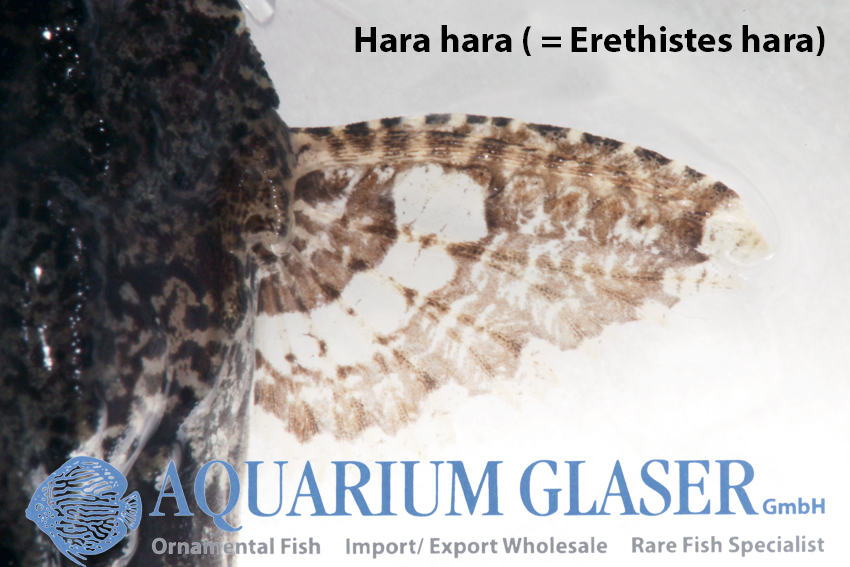
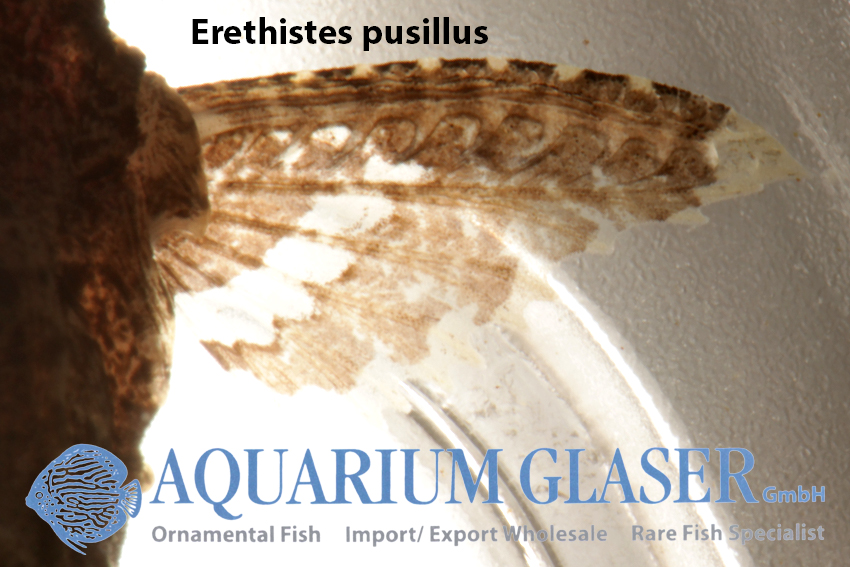
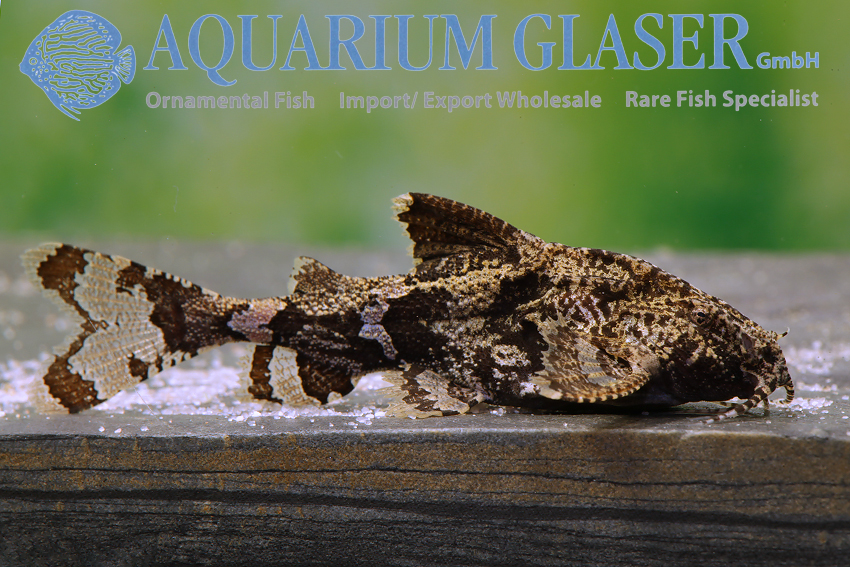
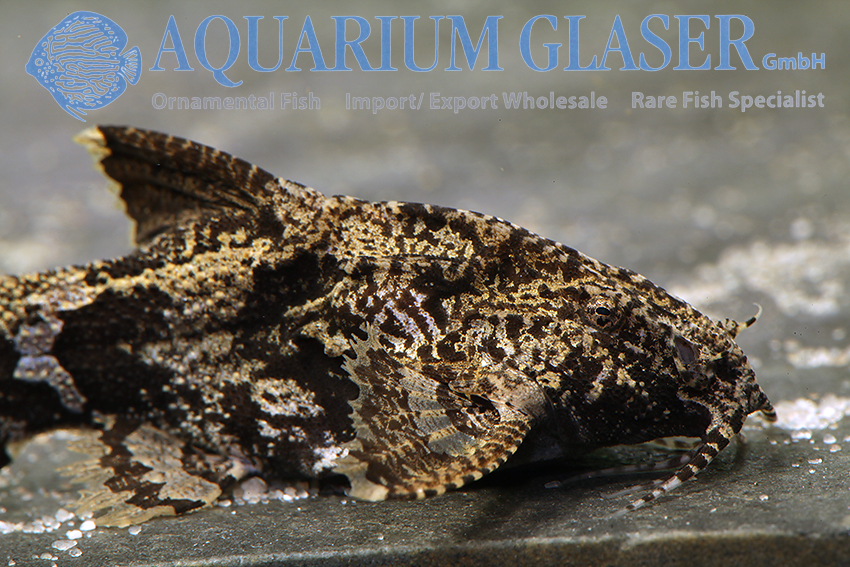
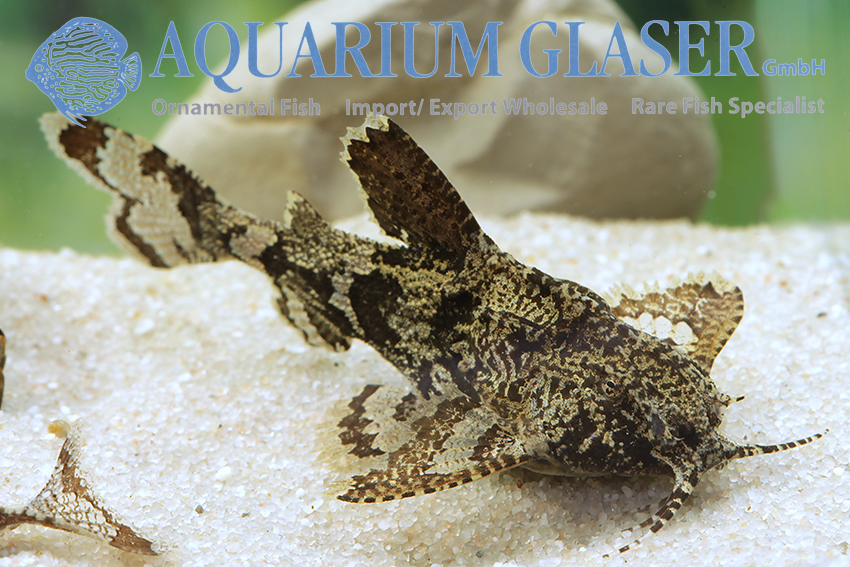
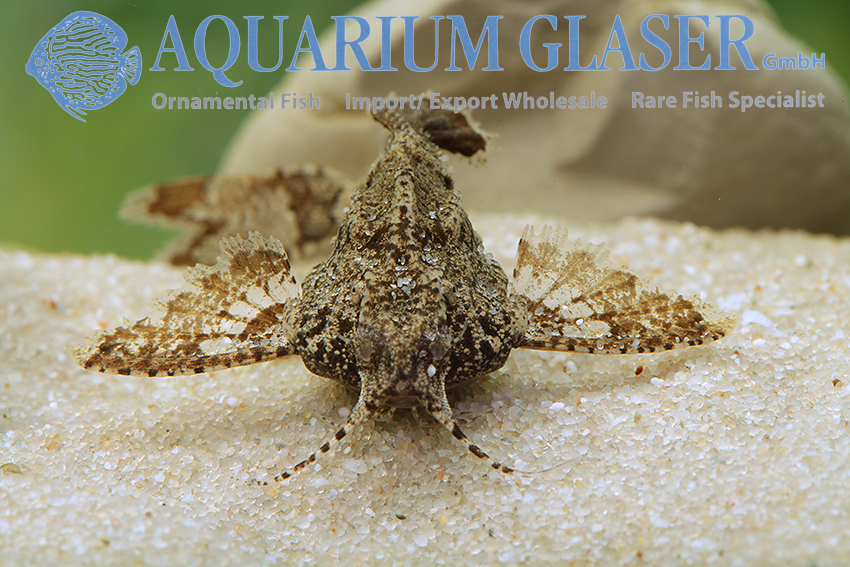
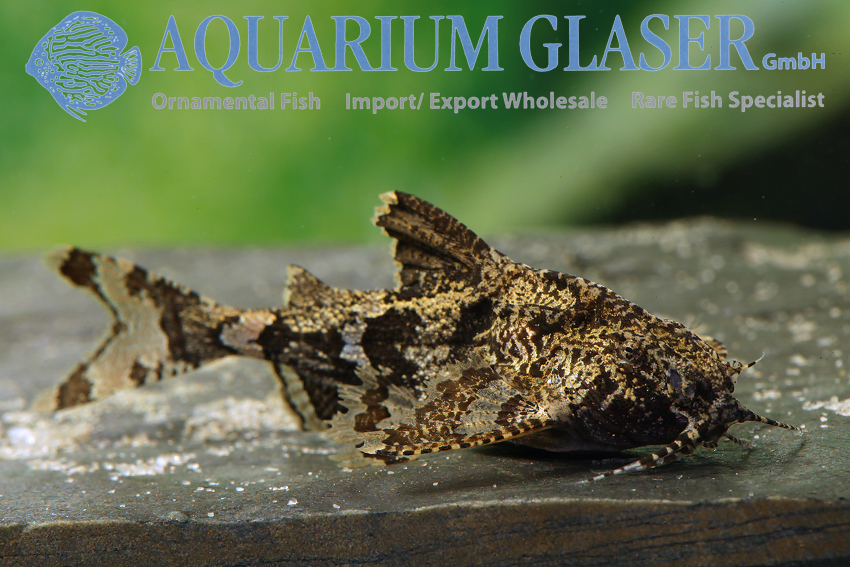
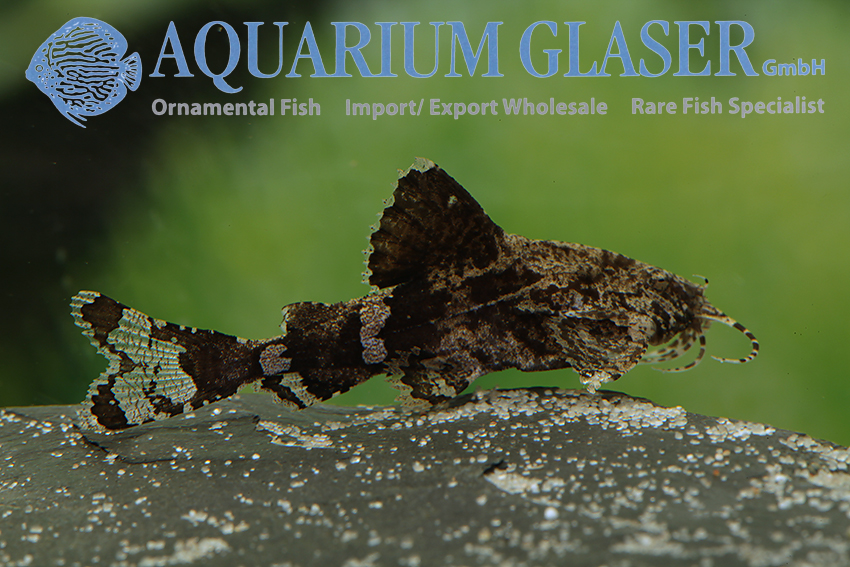
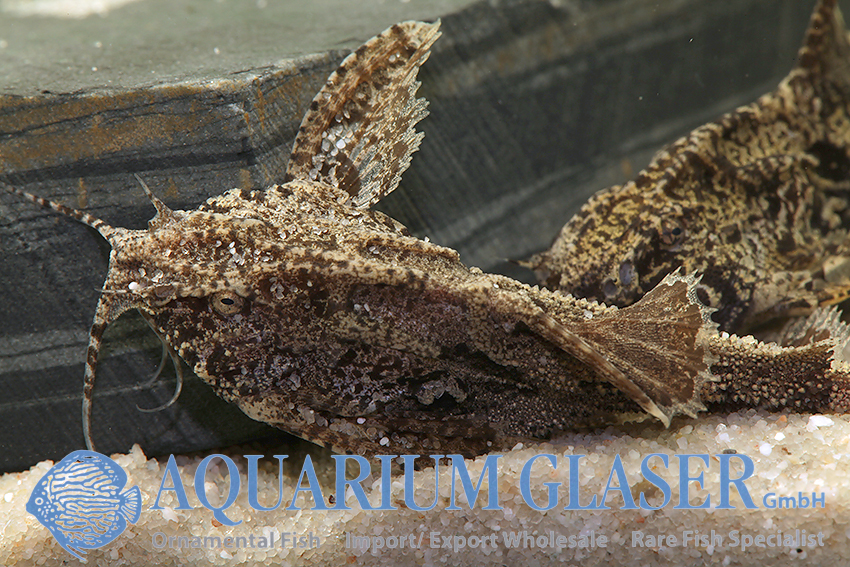
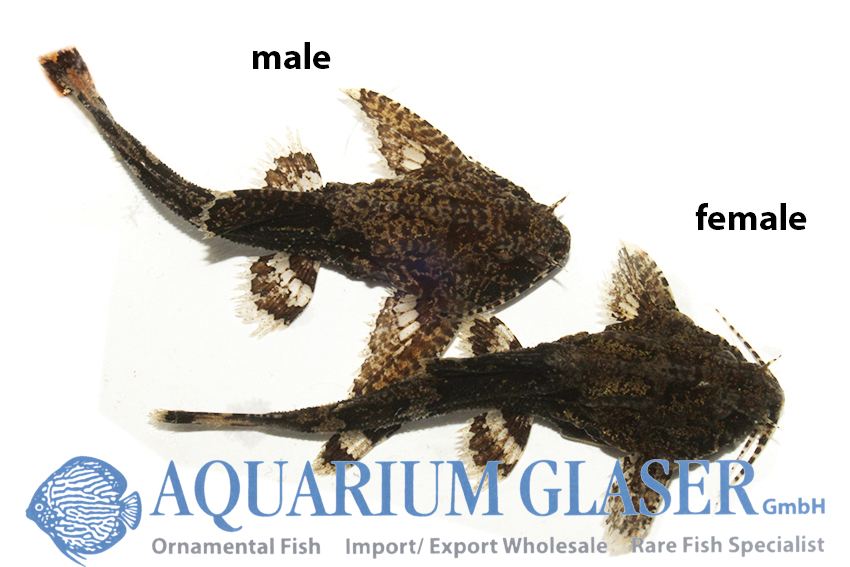
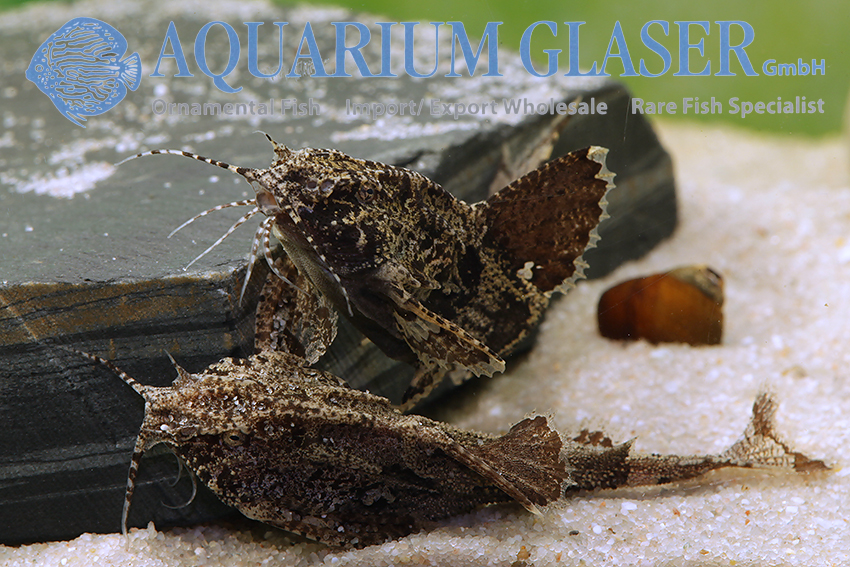
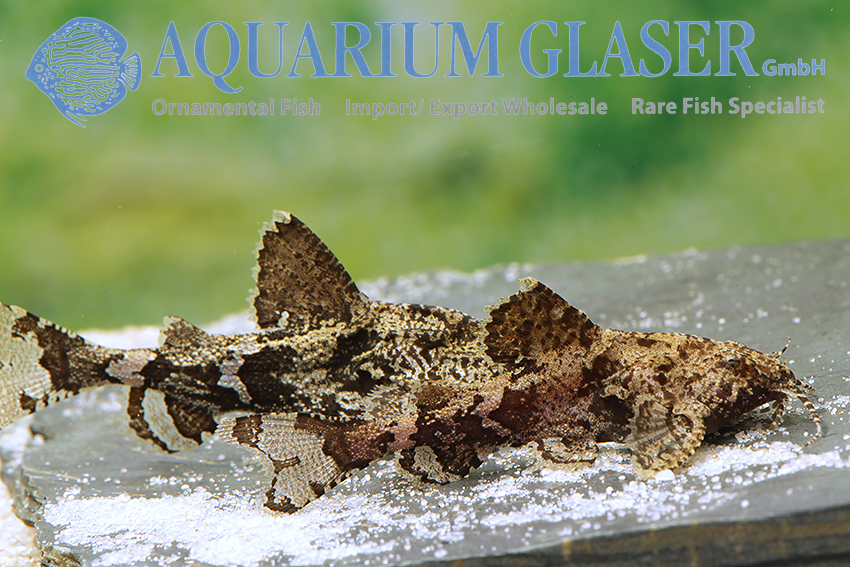
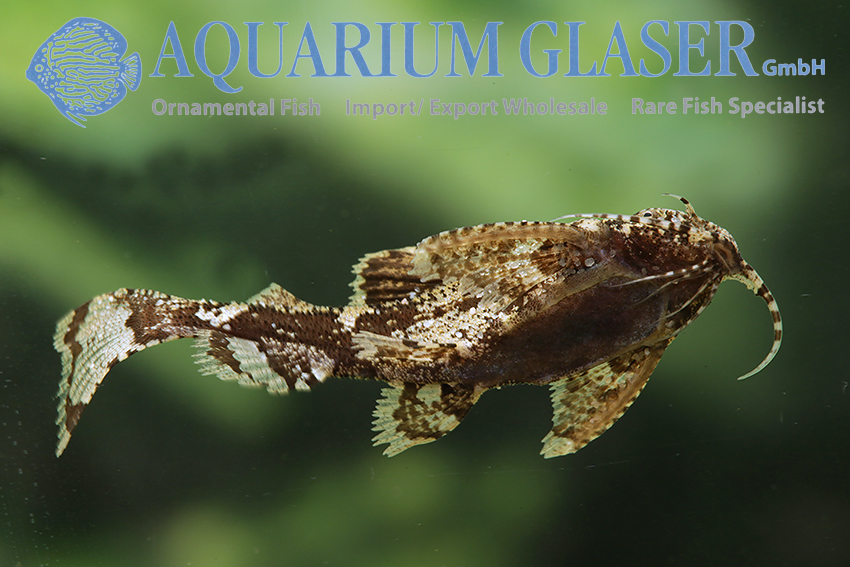
So you have to look at the pectoral fin spine in high magnification and back light to be sure which of the two species you have in front of you. But this does not mean that all specimens of the import belong to this species, because Hara hara ( = Erethistes hara) and Eretisthes pusillus occur in the same distribution area and are often caught and exported together. In the trade we have not yet found a practicable method to distinguish the two species with certainty and therefore we call all moth catfishes of the Erethistes/Hara group imported from India (Bengal) to us Hara hara, with the exception of the well recognizable species Hara horai ( = Erethistes horai) and H. jerdoni ( = Erethistes jerdoni).
Basically it doesn’t matter, because all species of this Erethistes/Hara group grow to 4-5 cm and are excellent, peaceful and easy to care aquarium fishes. The animals we currently have in the stock and from which the pictures accompanying this post were taken could be identified as Erethistes pusillus in four cases, in one of the animals, which otherwise could not be distinguished from the others (in total there were 7 specimens in the photo tank), the pectoral fin front edge spination corresponded to Hara hara ( = Erethistes hara).
For our customers: The animals have code 419724 on our stocklist. Please note that we only supply wholesale.
Text & photos: Frank Schäfer




